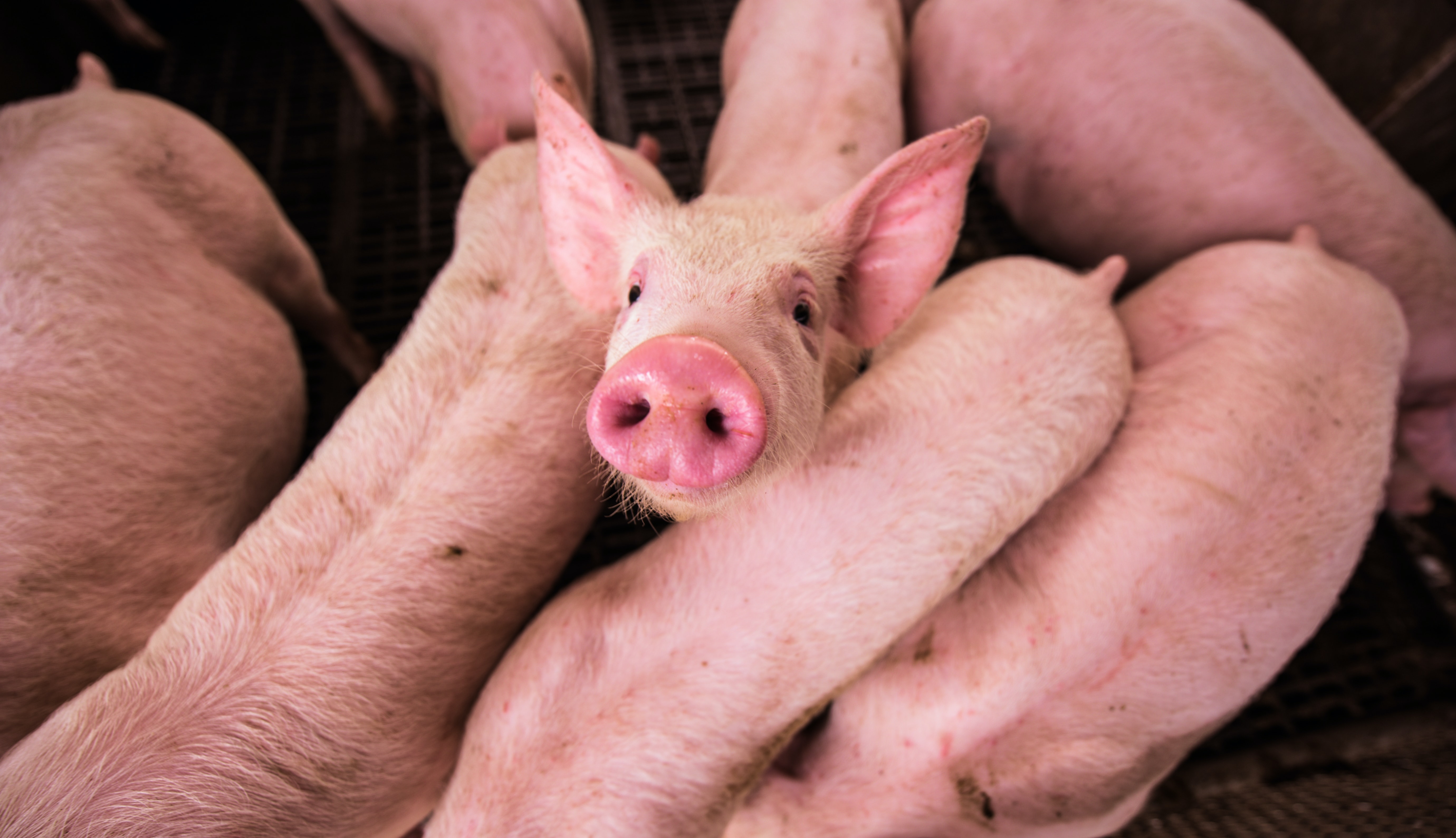Newly funded: Investigating swine industry biocontainment strategies for airborne diseases
August 27, 2021

Airborne animal diseases in today’s agricultural settings are difficult to contain. Let’s say a pig raised in confinement with other swine contracts porcine reproductive and respiratory syndrome virus (PRRS); more than likely, the swine are in a controlled ventilated environment, where exhaust fans move airborne particles to the outdoors. In short order, air containing PRRS virus will flow into the environment and potentially to the swine farm across the road, causing an outbreak.
How could the outbreak have been contained?
The threat of highly pathogenic disease transmission has spurred significant biosecurity efforts in the agricultural sector in the United States and throughout the world. But the bulk of those efforts have focused on prevention, and not so much on containment. When an outbreak occurs, then, mitigation efforts tend to be reactive, leaving little time to evaluate their effectiveness.
Infectious swine disease expert Montserrat Torremorell, DVM, PhD, in the University of Minnesota’s Department of Veterinary Population Medicine, sees this as an opportunity to fill a critical strategic planning gap focused on airborne pathogen containment for the swine industry. Torremorell, along with co-investigator and aerosol transportation expert Chris Hogan, PhD, in the College of Science and Engineering, have received nearly $50,000 from the Swine Health Information Center to evaluate technologies, strategies, protocols, and ideas that are cost-effective and appropriate as infectious-aerosol biocontainment measures for the swine industry.
RELATED: Research roundup: Can scientists develop a better vaccine against PRRS variants?
The researchers will take a deep dive into current and emerging technologies for treating infectious aerosols, and they’ll investigate protocols and strategies employed by bodies like the Department of Defense and the Centers for Disease Control to provide a feasibility and cost-benefit analysis for potential application to swine. One idea being: does one of those groups use a mitigation strategy in a different context that could be tweaked for use in the swine industry?
They plan to release their findings with a white paper after the conclusion of the year-long study, which began in mid-June. Ultimately, the researchers hope the findings will aid in the decision-making process to, as they write in their proposal, “prevent the spread of infectious bioaerosols capable of causing disease outbreaks with significant economic consequences.”


